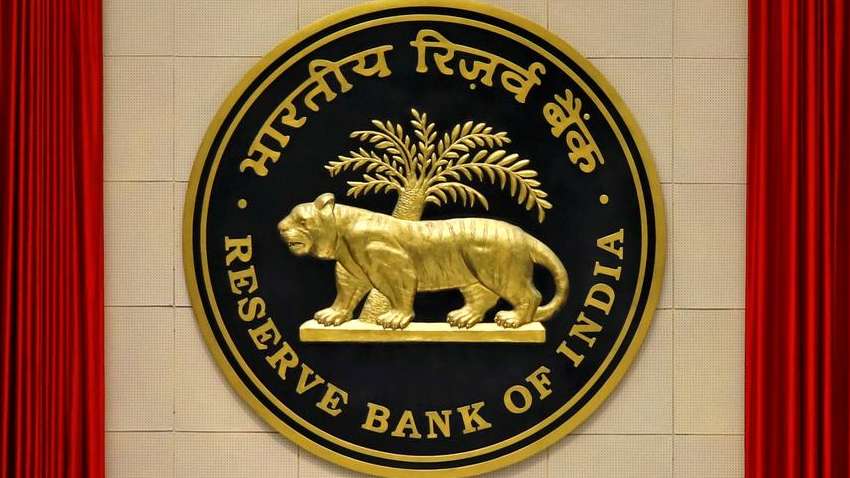RBI Governor Shaktikanta Das these days proclaimed a ‘Co-Lending Model’ to enhance the credit flow to the unserved and underserved divisions of the economy. With the new model, all Non-Banking Finance Corporations (NBFCs), as well as housing finance corporations (HFCs) are allowed to collaborate with banks to undertake priority sector disposition.
RBI introduces modifications and improvement in the ‘Co-lending Model.’
The ‘Co-Lending Model’ is predicted to leverage the comparative blessings of banks and NBFCs in an exceedingly cooperative effort, Shaktikanta as mentioned above Das. In the financial year 2018-19, the Reserve Bank of India (RBI) had put in place a structure on the co-origination of loans by banks.
Only a specific category of Non-Banking Financial Companies (NBFCs) was allowed earlier to be associated with banks for lending to the prefered sector subject to certain conditions. With the brand-new rules introduced by the central bank, this has been extended to all the NBFCs (including Housing Finance Companies), to make all priority sector loans qualified for the scheme and give more enhanced operational flexibility to the lending organisations.
Mr Niranjan Hiranandani, the President of ASSOCHAM, expressed that the Reserve Bank of India’s (RBI)arrangement to extend the project for co-lending to all NBFCs, HFC in respect of all qualified priority sector loans will allow more comprehensive operational flexibility to the lending organisations and is much embraced.
When the economy resumed after the halt induced by the lockdown, the NBFCs were adversely affected, the uncertainty in business was higher than expected. A report by Emkay brought to our attention “Business activity in September 2020 reached only 70-75 per cent of the last year’s level. Therefore, we expect a weak quarter from our NBFC universe, with flat AUM on-quarter but with visible signs of revival in disbursements,”
Meanwhile, the Monetary Policy Committee (MPC) of RBI kept the repo rate unchanged. In another announcement post concluding the meeting, the central bank raised the retail portfolio limits of banks to Rs 7.5 cr in respect of new loans and qualifying vulnerability and rationalised risk weights for all housing loans until 31 March 2022.
The RBI expects that the economic recovery at a 3-G speed, across various sectors. Whereas manufacturing companies might even see improved capacity employment in Q3, Agri, goods, power, and pharmaceutical company sectors area unit doubtless to examine faster recovery, Shaktikanta Das mentioned.
Read: RBI Forecasts a 9.5% Plunge in GDP; The Key Rates Remain Unchanged.




